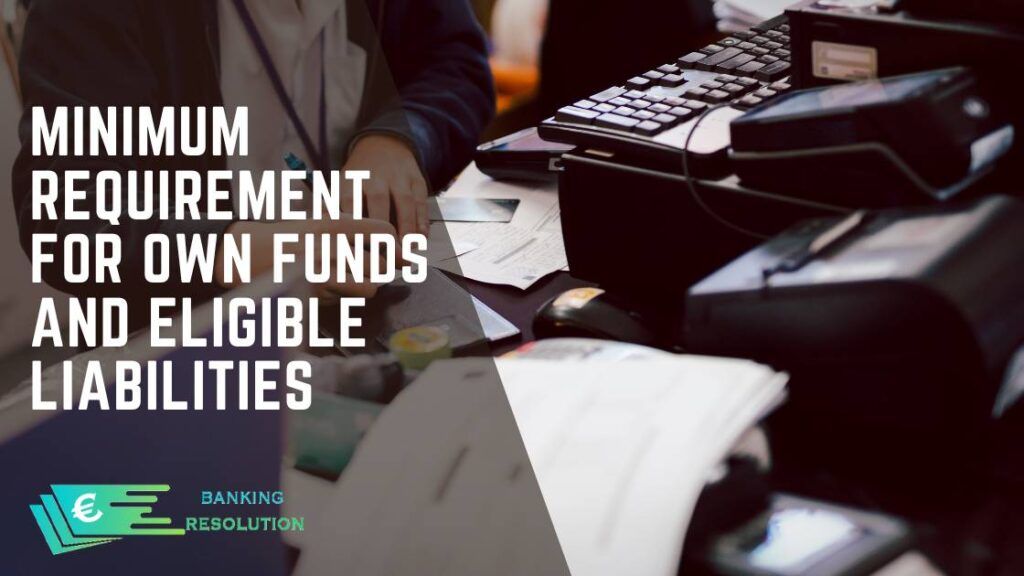MREL, or Minimum Requirement for Own Funds and Eligible Liabilities, is a regulatory standard established by the Bank Recovery and Resolution Directive (BRRD). In simple terms, it’s a safety net. Banks are required to maintain a certain amount of funds and liabilities that can be quickly turned into cash in case they run into financial trouble. This ensures that if a bank faces a crisis, it has enough assets to keep running without needing a bailout from taxpayers.
Why Does MREL Matter?
MREL ensures that banks are self-sufficient during tough times. By holding a minimum amount of Own Funds Eligible Liabilities, banks are better prepared to handle economic downturns or unexpected losses, safeguarding not only the bank’s survival but also the interests of its customers and the broader economy.
The Connection with Own Funds Eligible Liabilities
You might be wondering about the term “Own Funds Eligible Liabilities.” This refers to the specific types of assets and liabilities that banks can count towards their MREL requirement. It’s like a guideline on what counts as “savings” for a bank. The Capital Requirements Regulation (CRR) provides detailed specifications on these eligible assets and liabilities.
Frequently Asked Questions
- Why was MREL introduced?
- MREL was introduced to reduce the need for public funds in bank bailouts. It ensures banks have enough resources to absorb losses and recapitalize in crisis situations.
- Are all banks required to follow MREL?
- Yes, all banks within the European Union are subject to MREL requirements under the BRRD, ensuring a level playing field and consistent safety standards across the banking sector.
- How often do banks report on their MREL compliance?
- Banks are required to regularly report their MREL compliance to relevant authorities, ensuring ongoing transparency and accountability in the banking sector.
In conclusion, MREL acts like a safety buffer for banks, ensuring they have the resources to weather financial storms. It’s a testament to the proactive measures taken to ensure the stability and reliability of Europe’s banking system. The next time you’re at the bank, you can rest assured that there are mechanisms in place to protect both the institution and its customers!




